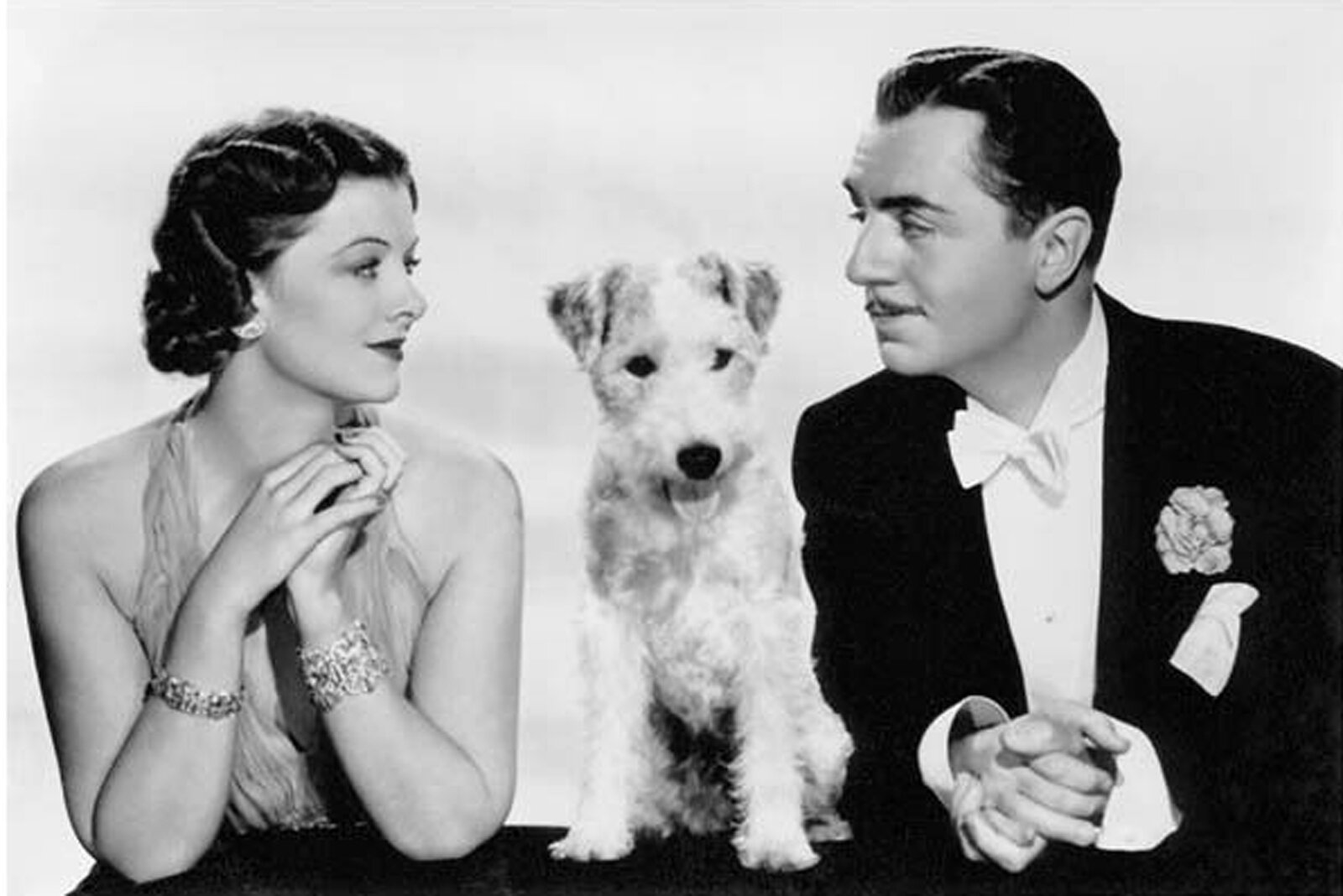- New Arrivals
Fiction
- Historical FictionCrime & ThrillersMysteryScience-FictionFantasyPoetryRomanceChildren’s BooksYoung Adult
- Biographies & MemoirsHistoryCurrent AffairsTech & ScienceBusinessSelf-DevelopmentTravelThe ArtsFood & WineReligion & SpiritualitySportsHumor
Children’s Books
Lists
Blog
Gift Cards
My Lists
Games
The co-op bookstore for avid readers
The Love Languages of Famous Literary Characters
Before folks started cheekily declaring their soy lattes or favorite White Lotus character as their joy-inducing "love language," the quirky cultural catchphrase was the heart of earnest, best-selling relationship advice. Dr. Gary Chapman's seminal couples bible from 1992 broke down the five not-so-simple things romantic partners can do to keep the love alive: acts of service, giving gifts, physical touch, quality time, and words of affirmation. On this Valentine’s Day, we took a look at how some of literature’s most iconic lovers stack up when it comes to the five love languages.
Quality Time
Nick and Nora Charles from The Thin Man by Dashiell Hammett
The couple that solves homicides together stays together. Whether the former private detective and his socialite wife are solving murders or getting their martini on in elegant New York barrooms, this prosperous, charming couple love to spend quality time together. As Nora says of her constant companion Nick: "He's an old Greek fool, but I'm used to him."
Receiving Gifts
Holly Golightly from Breakfast at Tiffany's by Truman Capote
As the proto Sugar Baby, Holly digs material goods as symbols of love and affection especially when they come in little blue boxes. As much as she craves affection in the form of pricey goodies from her many male companions, she’s also been known to return the favor, as the novella’s narrator would attest.
Words of Affirmation
Emma Bovary from Madame Bovary by Gustave Flaubert
Whether encoded in clandestine love letters or whispered in the throes of an affair, Flaubert’s protagonist is a sucker for flowery, romantic flattery. No doubt Emma picked up the habit from secretly devouring syrupy contraband romance novels during her convent school years, which left her forever longing for verbal aphrodisiacs.
Acts of service
Don Quixote from Don Quixote by Miguel de Cervantes
So far ahead of its time was Don Quixote that Cervantes concocted for his protagonist the world’s first imaginary girlfriend, Dulcinea. Physical reality be damned, the novel’s smitten hero performs increasingly grandiose acts of bravery to impress his fair and oddly elusive maiden with endless feats of misguided chivalry. Cue giant windmill attack mode.
Physical Touch
Lady Chatterley from Lady Chatterley's Lover by D. H. Lawrence
With sex so steamy it broke through stodgy British social castes, D.H. Lawrence’s creed of “fucking with a warm heart” was severely censored for years before finally being published in all its graphic splendor. But beyond the story's explicit, racy lovemaking, it's the way that the titular Connie and her blue-collar lover Mellors utilize sensual touch as a means of communicating with each other that makes physicality their definitive love language. After all, Lawrence believed that “sex is just another form of talk, where you act the words instead of saying them."

